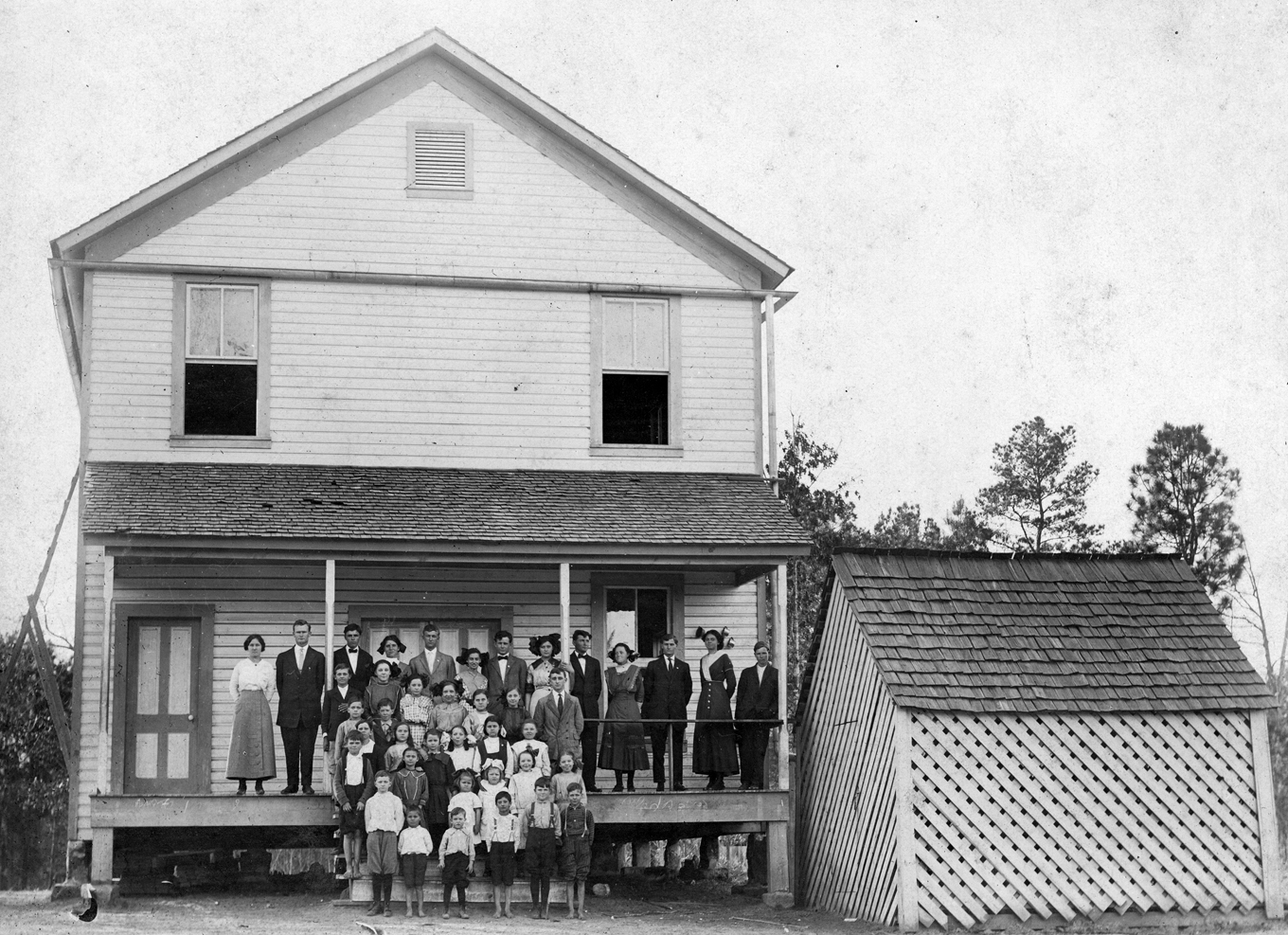By Emily Hyatt
Although the weather doesn't quite feel like fall, for most citizens of Angelina County, summer is over. As the county has moved away from its agrarian roots, with the seasonal ebb and flow of planting and harvest times that used to regulate family and civic schedules, the school calendar has become the clock by which citizens gauge their year.
Angelina County's six school districts welcomed back their students on August 27, 2012, continuing a tradition that dates back to the earliest days of the county. As it grew in population and industry, the county's citizens and government followed the educational traditions and reforms of the state. From President Mirabeau B. Lamar to present day politicians, Texans and their leaders have valued education, although through the years, political leaders, educational reformers, teachers, and parents have disagreed about what this education should look like. The questions of how it should be funded and who should have ultimate control over the classroom have also caused controversy, but the importance of schools to their local communities has never been questioned.
From the beginning of the Republic through the Civil War, Texas schools were mostly rural, locally supported institutions. Throughout the 19th century, the Texas government enacted and retracted several educational reforms and funding systems as politics and popular opinion shifted from local to state control and back again. Evidence of the reforms enacted in 1884 can be found in the 1885 Angelina County School Registry, the oldest surviving record of education in the county. According to the 1885 document, officially titled, "1885 Register of Orders Establishing School Communities," Angelina County officially had 55 schools. In addition to giving a detailed glimpse into the education of Angelina County's children in the latter part of the 19th Century, this registry also firmly places the county into the larger context of statewide education reform and the rural and common schools movement. This book contains the registration records for each of the county's 55 schools, both white and black: the name of the school and its location, the names of each school's trustees, the number of pupils attending each school, and the amount of money allocated to each school. The county judge, J.T. Moroney, signed each registration. The latter pages of the record book contain the names and pay records for many of the county's teachers - it is not an exhaustive record, but it is a good record of who taught at which school, the length of time they taught at that school, and how much the county paid them. Of the 55 schools listed in this record book, 47 are white schools and 8 are black schools. The average number of students enrolled in the schools is 26; the average amount of money allocated to each school was $203.59, which comes out to an average of $8.19 per student.
The rural common school system lasted in Angelina County (with many changes and regulations, particularly in the 1910's, 1920's, and 1930's) until 1972, when the legislature abolished the county school system and the office of county school superintendent. The county was divided into the districts still in place today - Lufkin, Diboll, Central, Huntington, Hudson, and Zavalla. Although the Texas Legislature continues to tinker with the state's educational system, the county's schools will always be the center of their communities.

Teacher C.R. Brazil, second from the left on the porch, at the Zavalla school in about 1911. Brazil was twenty years old at the time. Photo Courtesy of The History Center, Diboll, Texas.